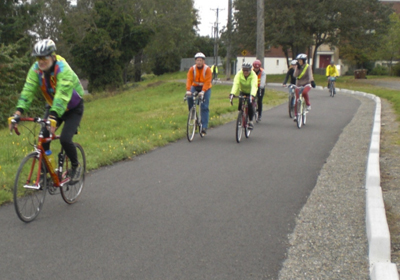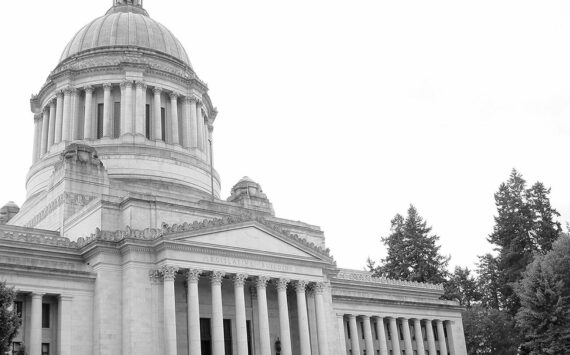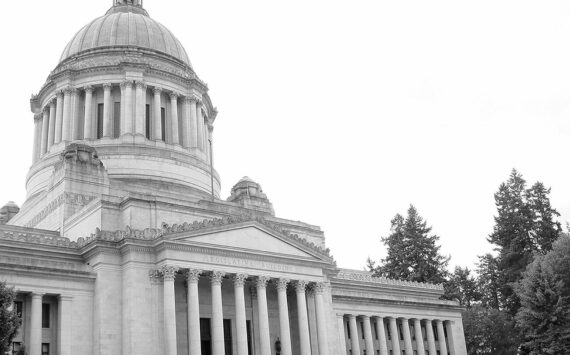The City of Tacoma was awarded a $1 million Transportation, Community and System Preservation Program (TCSP) discretionary grant from the U.S. Department of Transportation for bicycle and pedestrian improvements citywide. The grant will help fund the Tacoma 13 Corridor for Active Transportation and Safety Project designed to create a continuous 13-mile active transportation corridor that spans across the city to serve as the core of Tacoma’s on-street bike network.
“These federal dollars will help accelerate the efforts of our Mobility Master Plan and enhance the quality of life for our residents and visitors,” said City Manager T.C. Broadnax. “This investment allows the City to increase opportunities to safe access for cyclists and pedestrians of all abilities while encouraging environmentally-friendly modes of transportation.”
Once completed, the Tacoma 13 Project will provide convenient and safer access from neighborhoods to downtown, transit, parks and commercial areas. Plan improvements include Tacoma’s first bike boulevards, pedestrian crossings, traffic calming features, accessibility enhancements, wayfinding and signalized intersections.
“This is great news for the City of Tacoma,” said Tacoma City Councilmember David Boe. “This funding will allow the City to continue its commitment to creating a bike and pedestrian-friendly community.”
The City’s Mobility Master Plan was adopted by City Council in 2010 following a broad-based public process with the bicycle and pedestrian advocacy committees, partner agencies and citizen input. The plan serves as Tacoma’s blueprint for creating a comprehensive network of bikeways and pedestrian walkways citywide to enhance the comfort and safety of all users. In August 2011, the Puget Sound Regional Council recognized the Mobility Master Plan with a Vision 2040 Award for Excellence.
TCSP grants provide funding for initiatives created to promote improved planning and coordination among transportation, community and system preservation plans. Program funds support improving the efficiency of the U.S. transportation system, reducing the environmental impacts of transportation and ensuring access to jobs, services and centers of trade.
More information is online here.







